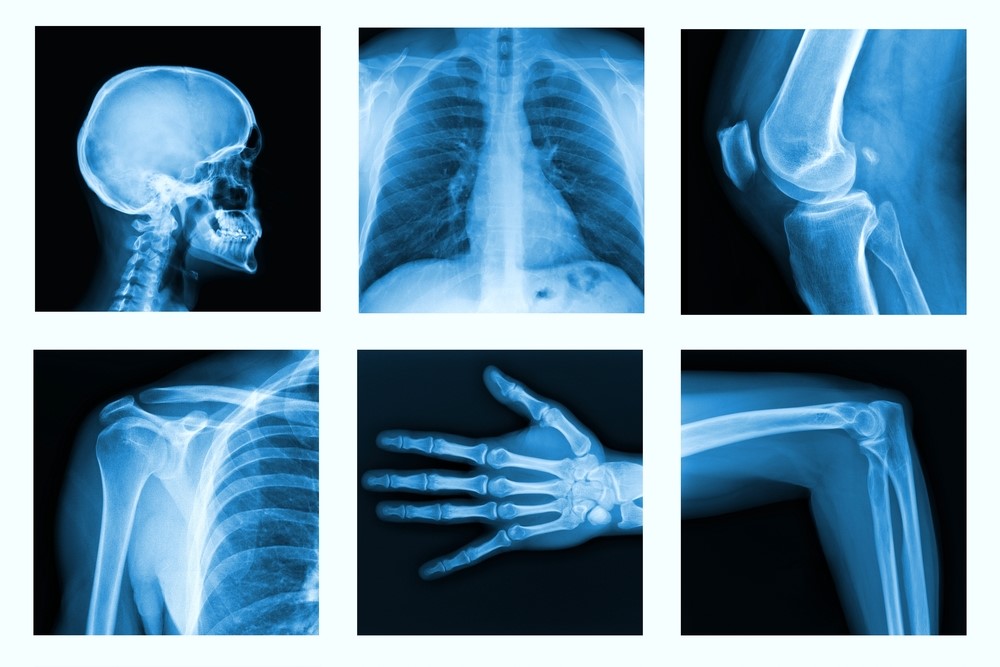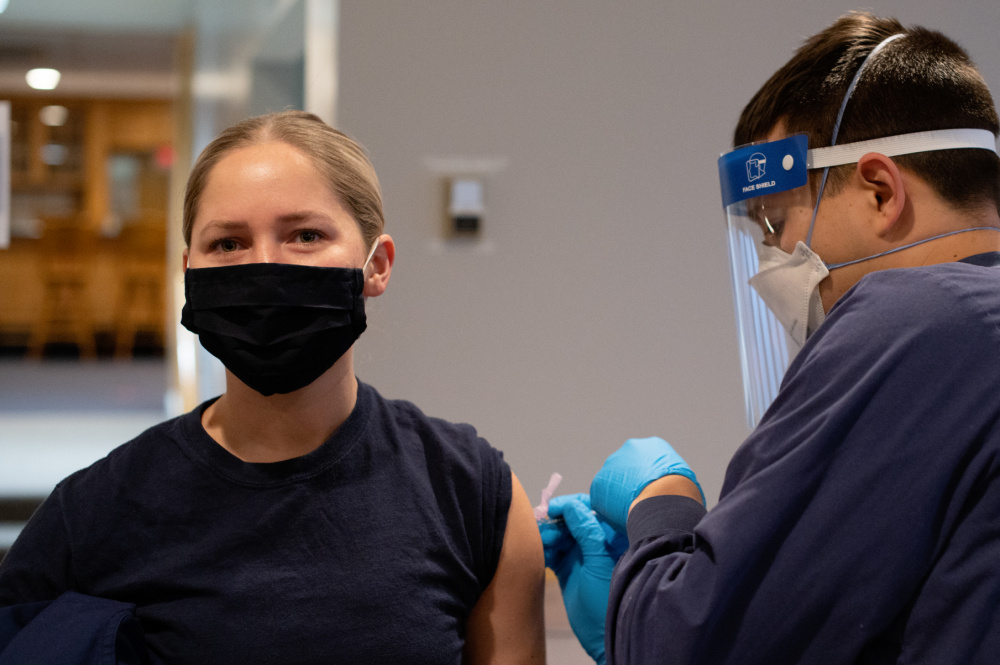Images of men dressed in pure white with a vibrant mark of blood around their crotch have littered front pages in past weeks. The Bloodstained Men are protesting the practice of male circumcision – removal of the foreskin from the penis. This surgical practice, although less common in many European countries, is widely accepted and largely performed for social, aesthetic, or religious reasons. The World Health Organization estimated that somewhere between 76-92% of people with penises are circumcised in the United States.
While the practice of circumcision has a long history and has been endorsed by many Western doctors, does this make it ethical?
The Bloodstained Men, and other anti-circumcision activists, would argue that it does not: circumcision is a violation of genital autonomy and is a purely aesthetic surgery that only works to detract sexual pleasure and is performed without the consent of the child. Others, meanwhile, support circumcision, citing its possible medical benefits and ability to increase social, romantic, and sexual acceptance. How can we reconcile these two conflicting views?
Consulting our ethical convictions regarding female genital mutilation (FGM) may bring some clarity on this issue. The practice of altering the female genitalia – either by removing the clitoris, parts of the labia, or closing the vagina – has long been considered a morally impermissible intervention in Western society, and on valid grounds. Still, it must be determined whether our condemnation of FGM should inform a similar objection over male circumcision.
Most significantly, many cite FGM as problematic in its attempt to limit sexual autonomy, maintain ideals of purity, and uphold societal expectations around sex and femininity. The intent behind the procedure, then, may be the key to our acceptance of circumcision. Circumcision has long been a religious custom in the Muslim and Jewish faiths, but gained popularity in the United States for different reasons. Most integral to its growth in practice was a belief that circumcision could cure physical and mental health issues, provide an indication of wealth and social status, and prevent masturbation. Although these reasons may have led to its popularity, they have long been proven incorrect, and now the intent behind circumcision is typically associated with ideas of cleanliness, health, or social acceptance (with a focus on genital uniformity with one’s father or peers).
Are these justifications more morally permissible than those for FGM? Like FGM, there is a historic desire to suppress sexual autonomy paired with a current desire to gain social acceptance, and in both cultures the procedure is viewed as an accepted social custom done to benefit a child in some way. It is possible, then, that an evaluation of impact, rather than intent, will prove more useful for our discussion.
FGM is denounced by its lack of medical benefits, and more broadly by its medical risks, with severe forms causing difficulties birthing, infections, and psychological trauma. Does the moral difference, then, lie in the benefits of circumcision? Possible benefits include a decreased risk for HIV or urinary tract infections, easier hygiene, and social acceptance, with the belief that uncircumcised persons will face social persecution, bullying, or romantic/sexual ostracization. Do these reasons warrant genital surgery?
Research has found that these benefits are much more slight than once believed, especially when making a consideration for policy within the United States where HIV rates are quite low and may be better addressed with proper access to condoms, the drug PREP, or comprehensive sex education. In addition, circumcision, like FGM, reduces sexual pleasure; the foreskin, much like the clitoris, houses a majority of the nerve endings in the penis, so its removal reduces sensation. It is widely known, now, that circumcision is not a medical necessity, yet the practice remains a social custom. Social reasons for circumcision may be convincing, but are also similar to those that inform FGM.
Is social normativity enough to warrant the removal or change to a perfectly healthy organ, especially if it reduces pleasure? Even if there are some medical benefits, is this a decision that should be made for a child?
This discussion really comes down to a conversation about informed consent. For surgeries under the age of 18, parents are given the authority to provide consent for their children; this sacrifice of rights is necessary to serve the medical interests of the child. In the case of circumcision, though, there is absolutely no medical necessity; it is a surgery that involves the removal of a natural part of a healthy organ, an organ that increases pleasure later in life. Should parents be able to consent to surgeries that are not medically necessary?
The value we place on bodily autonomy suggests that this is not a decision that should be made by parents, especially as it is often motivated by a desire to “fit in.” Personal autonomy and the right to control one’s own body, especially such an intimate organ, should supersede social and cultural norms. If we do decide respecting cultural customs and desires for social acceptance are more important than our ethical understanding that people should have the right to control their bodies, why do we denounce FGM?
When evaluating the two procedures, it seems as though circumcision shares many of the qualities that make FGM unethical, so shouldn’t we deem circumcision unethical as well? If we decide to continue the practice of circumcision, where must we fall on the issue of FGM? In order to come to a conclusion about circumcision, we must reckon with our moral attitudes towards FGM and determine whether our values of consent and pleasure are more important than our need to conform to social and cultural customs.












